


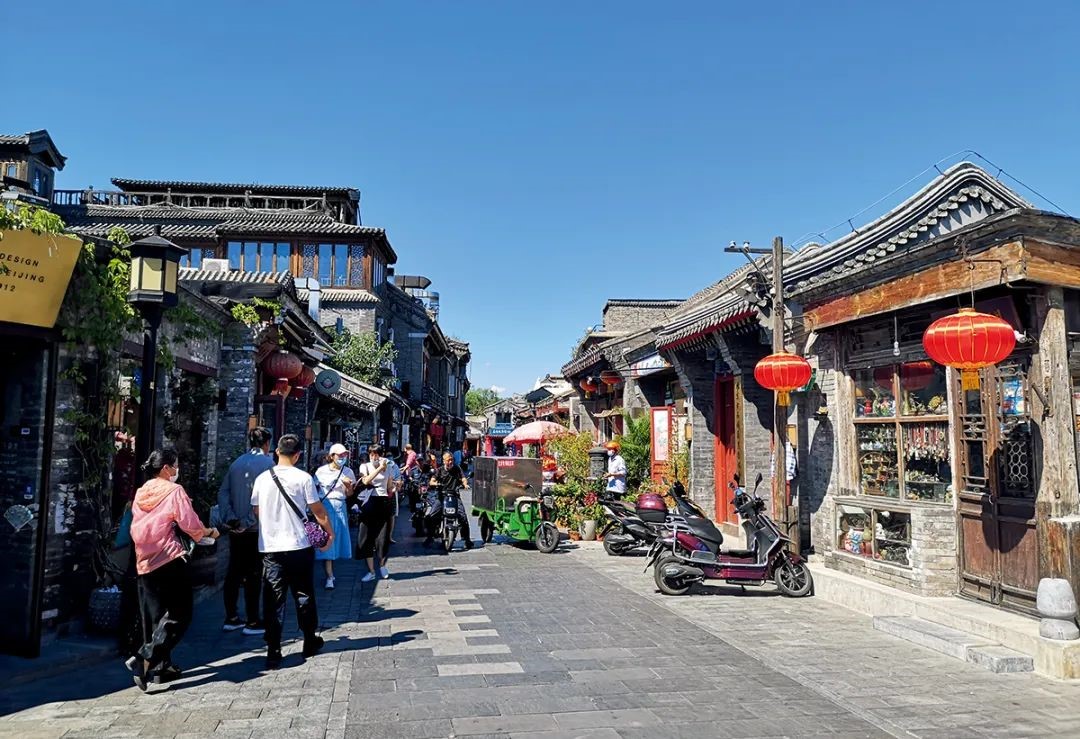
The Fourteenth Five-Year Plan clarifies the goal of implementing urban renewal as well as improving the quality of urbanization and urban quality. The focus of urban renewal is to improve urban functions and promote high-quality urban development, by measuring the sense of acquisition, happiness, and security of residents to assess the quality of development. Except the great particularity of old factory transformation projects, the urban renewal actions of old communities, blocks, and urban villages often serves more on the everyday life of urban residents. Therefore, the renewal actions should focus on the characteristics of urban spaces serving everyday lives, implementing the daily-needs-oriented micro-renewal.
Everyday life and urban micro-renewal spaces
People's normal activities in everyday lives including food, clothing, housing, transportation, entertainment, and social activities with the characteristics of foundation, repetition and practicality. Everyday life means a normal, regular life of ordinary people with basic activities and behaviors. Everyday life also means a repeated life. Lefebvre thinks that everyday life is the concrete and significant that the economic basis and superstructure can even be reflected through the trivial things of everyday life. Despite its ordinary and unimportance, everyday life plays an irreplaceable role in people's minds because it is the basis for every individual resident to survive and reproduce.
Urban space is an important carrier for daily life, and the urban space on which various activities involved in everyday life are based is the living space, which generally includes residential spaces, street spaces, green spaces for leisure, and consumer spaces for shopping and dining in the community. These community spaces are inseparable and necessary to support people's everyday life. The implementation of urban renewal action is to strengthen the repair and renovation of community spaces for daily life, to make up for the shortcomings of people's livelihood, to improve the service functions of urban spaces, and to better meet the needs of residents' daily life. (Figure 1)
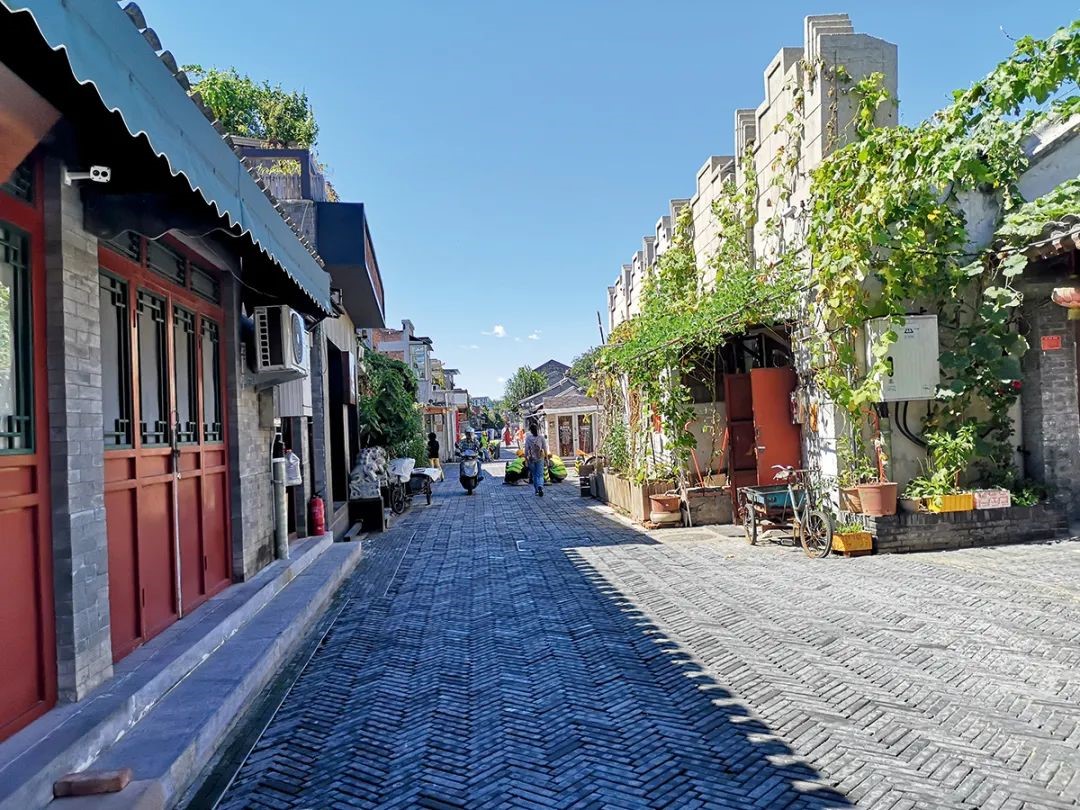
Figure 1: Yangmeizhu Xiejie renovation continues old Beijing life scenario
Under the grand narrative, micro-renewal is different from large-scale urban renewal actions, and it does not need to be demolished and built. It should pay more attention to constantly fine-tuning and revising the urban daily living spaces, starting from the nuances of the space, paying attention to the small-scale, normalized, gradual, and continuous renewal actions in a step-by-step manner, so that the living space can continue its vitality and attraction, and planning, designing, and updating the urban spatial environment according to the needs of residents' everyday life, so as to show rich daily life with various spatial forms and design elements.
Value of Micro-renewal
Micro-renewal for the space that carries people's daily life should fully respect the people's will, take daily life as the perspective and guide, and adhere to the people-oriented, fair, and just renewal values (Figure 2, 3).
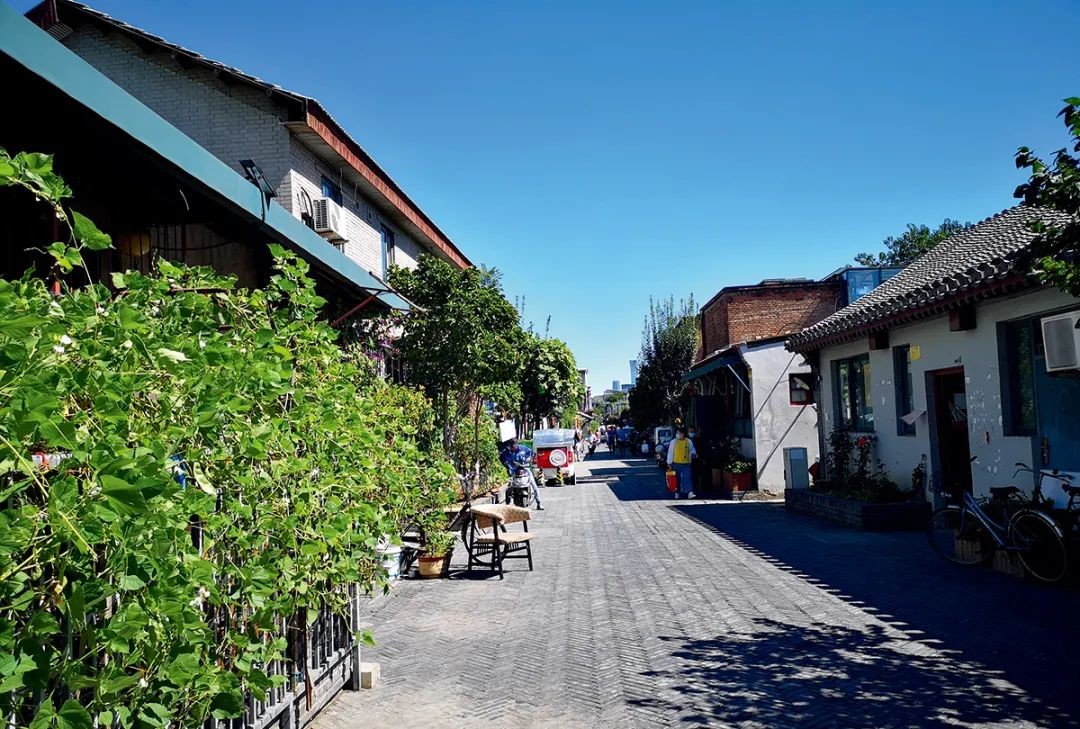
Figure 2: Yangmeizhu Xiejie renovation continues old Beijing life scenario
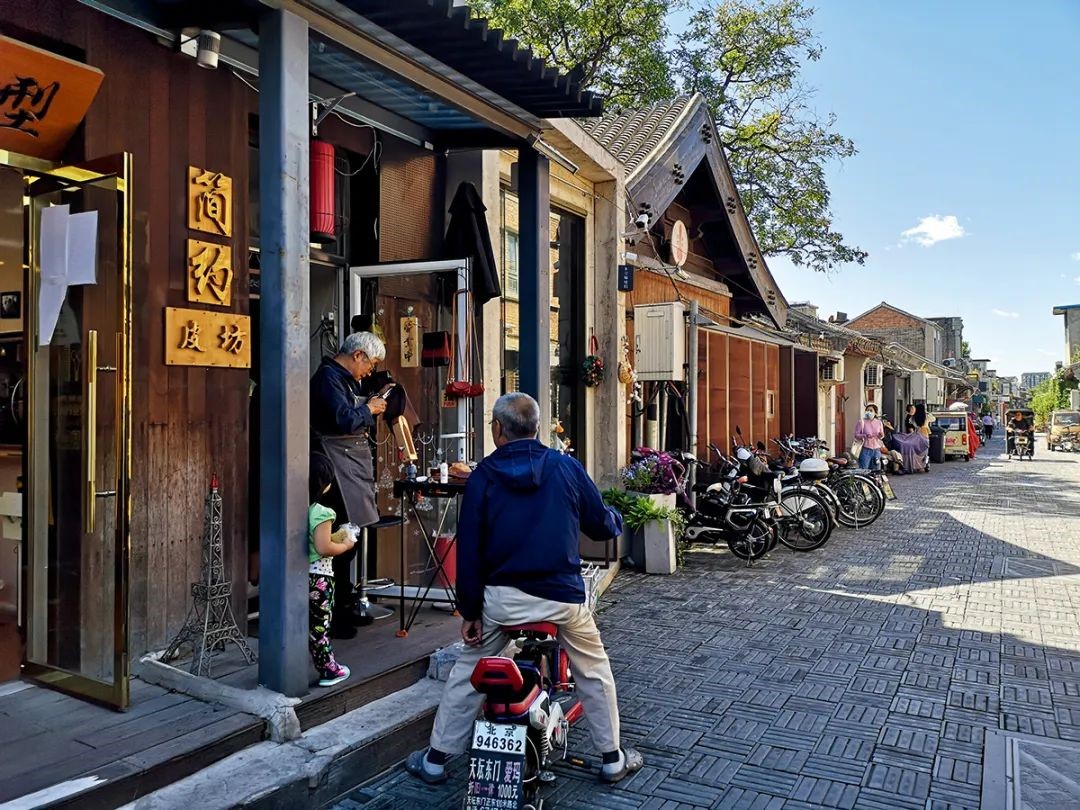
Figure 3: Yangmeizhu Xiejie renovation continues old Beijing life scenario
Urban renewal involves the interests of most residents, and its goal and original intention is to promote the realization of high-quality development and liveability. It should focus on the convenience, comfort, and happiness of ordinary people's lives and meet people's aspirations and needs for a better life. It is the safety, neatness, convenience, warmth, and comfort of residents' homes rather than the novelty of the furniture that can meet the living needs of their family members. The attractiveness of urban daily life spaces is the simplest life scenes. Therefore, urban regeneration should not be an image project that is money-and-labour-costing political achievements, but should be a daily regeneration oriented towards the protection of people's livelihood and improvement of their well-being, with emphasis on public interest and social justice, starting from the most concerned, direct, and realistic problems of residents, reasonably determining the contents of regeneration and renovation, and improving public support and municipal infrastructure needed for daily lives. Through micro-renewal, the level of public services such as elderly care, childcare and medical care in the community will be improved, and the construction of a complete residential community with safety and health, perfect facilities, and orderly management will be promoted.
A few points of understanding of micro-renewal
To deeply understand and appreciate micro-renewal, there are three aspects should be focused on: first, strengthen the in-depth study of all kinds of "people" in renewal.
The General Office of the State Council issued the "Guiding Opinions on Comprehensively Promoting Old Communities Renovation", which clearly points out that it is important to adhere to the people-oriented approaches and grasp the key points of renovation; to adhere to the local conditions and achieve precise policies; to adhere to the residents' voluntary approaches and mobilize all parties to participate. The results of urban renewal projects are not just for the residents to "see", but more importantly, to carry their everyday lives and gain good experiences. Through micro-renewal, residents' needs for daily community living spaces, public facilities spaces, travel spaces, and leisure and social spaces such as green areas and squares should be better met, and in order to meet these needs, we need to focus on "people"-the users of spaces. To fulfill these needs, it is necessary to conduct sufficient research on "people". Daily life is composed of the lives of various groups of people, so it should fully consider and study the daily environment perception, behavioral characteristics, and physiological and psychological characteristics of people with different ages, income levels, and gender, and on this basis, it should target the needs of different social groups, such as ageing, child-friendly, all-age friendly, inter-generational interaction, barrier-free travel, etc., and repair and improve the urban daily life spaces in a fine and gentle manner. To avoid the subjectivity and ignorance of designers or constructors due to "self-appreciation" or "personal thinking" in the renewal processes, and to better improve the quality and satisfaction of renewal actions. (Figure 4, 5)
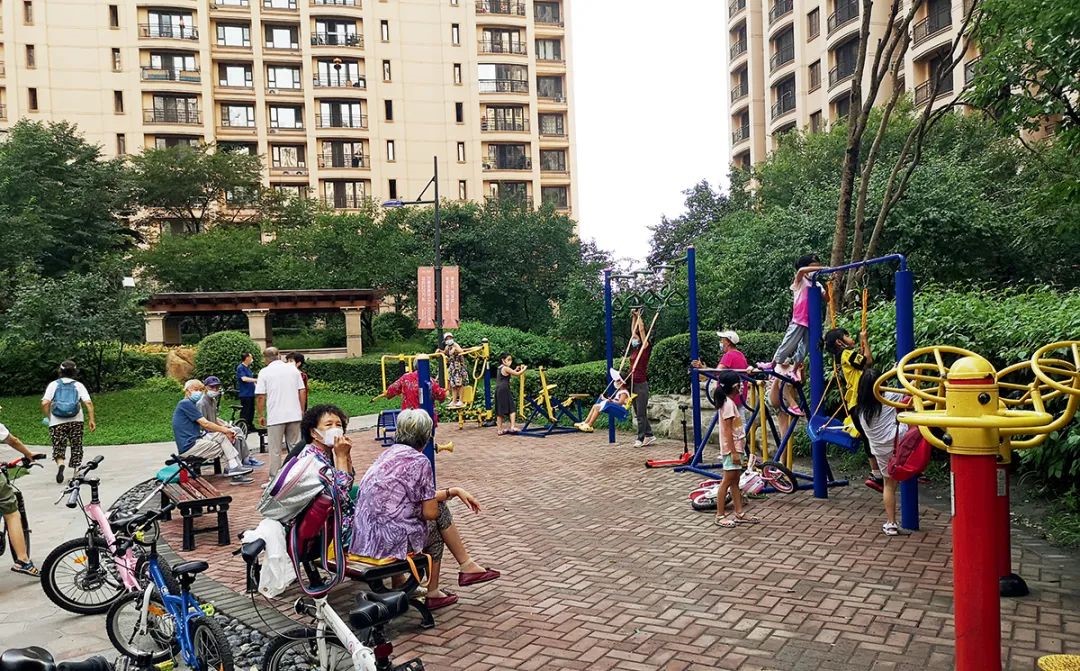
Figure 4: A popular fitness space for residents
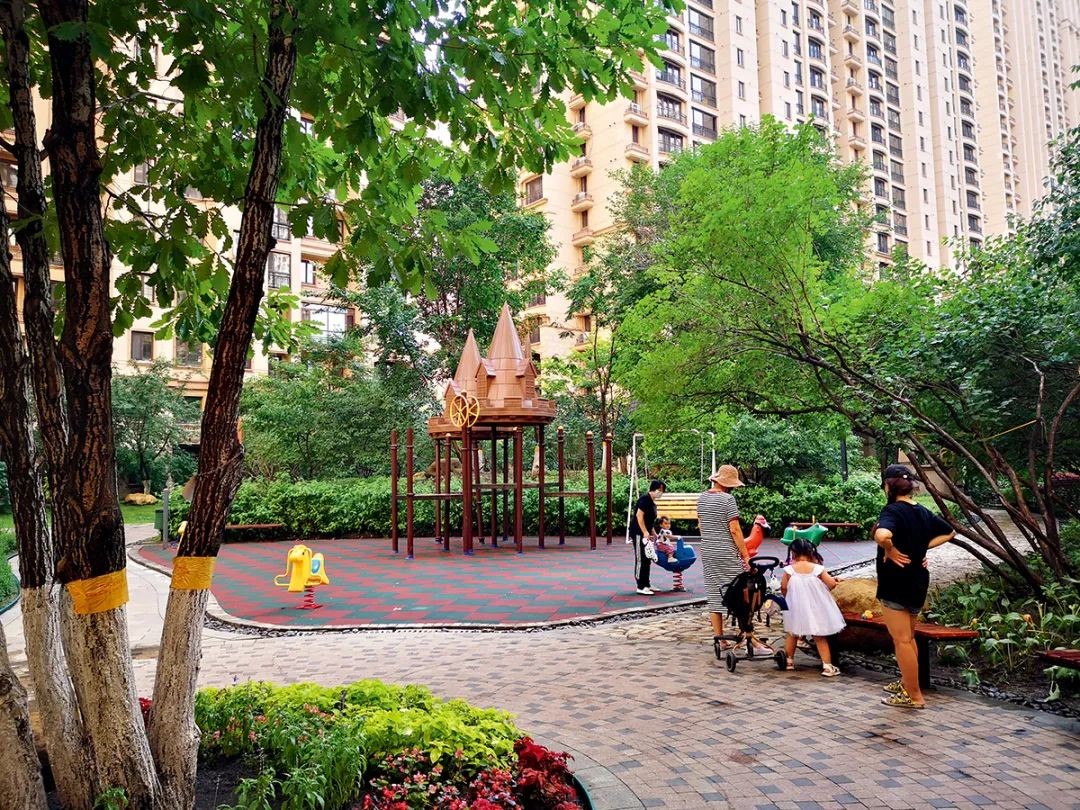
Figure 5: Public space to carry children's activities and parent communication
Arthor:Leng Hong, School of Architecture Harbin Institute of Technology
Source: <https://mp.weixin.qq.com/s/HGP8MtFL8xzCl7ruj1OQzw>
Translated by Zhang Chenxi